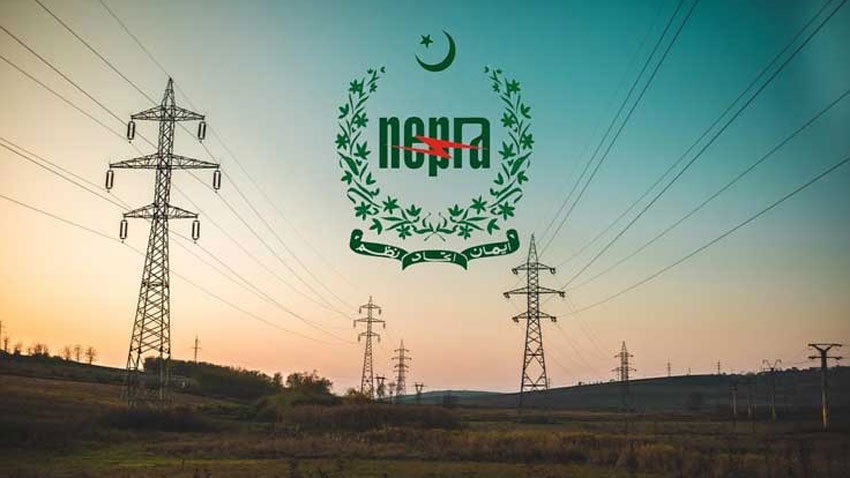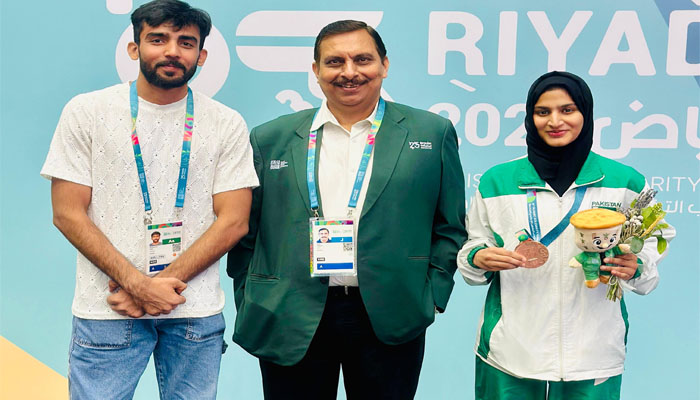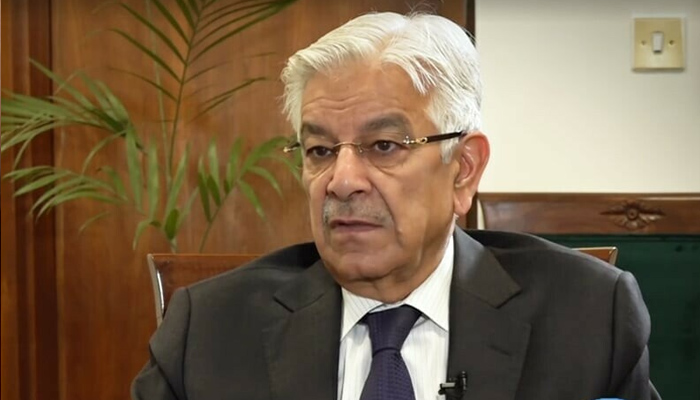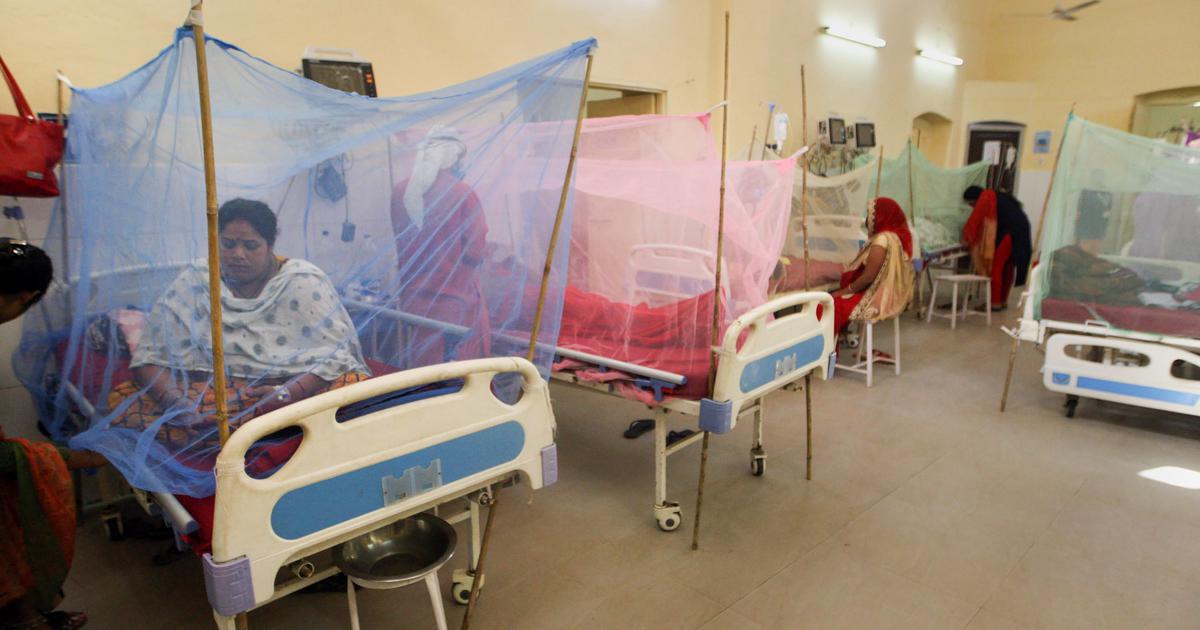ADB Launches “Glaciers to Farms” Program to Safeguard Pakistan
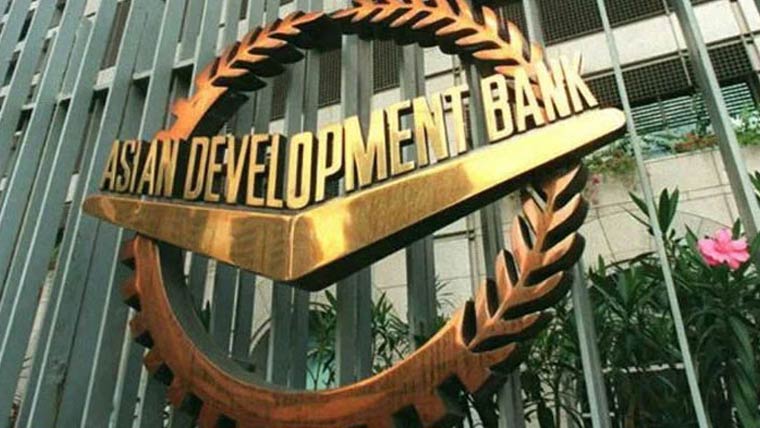
The Asian Development Bank (ADB) has unveiled a comprehensive action plan to safeguard Pakistan’s water, agriculture, and energy resources amid growing climate challenges.
Under the newly developed “Glaciers to Farms Program,” ADB will conduct a detailed assessment of the economic and environmental impacts of melting glaciers caused by global climate change.
According to the ADB, the program will also focus on strategic climate resilience planning to ensure the sustainable management of water storage, agricultural productivity, and energy systems in Pakistan.
The bank confirmed that global experts have been invited to submit recommendations on glacial melt impacts, which will be reviewed at the upcoming International Convention of the East Asian Economic Association, scheduled for November 8–9 in the Philippines.
Sources indicated that this initiative will serve as a key policy framework for improving water efficiency, promoting modern irrigation techniques, and mitigating climate risks in Pakistan’s agricultural and energy sectors.
Read More : ADB Flags Pakistan’s Poor 4G Coverage, Weak 5G Readiness
The Asian Development Bank (ADB) has expressed serious concern over Pakistan’s lagging digital infrastructure, revealing that the country has the lowest 4G coverage in the region and is ill-prepared for 5G deployment.
In its detailed report on Pakistan’s digital ecosystem, the ADB emphasised critical shortcomings in telecommunication services and infrastructure. The report calls for urgent reforms and strategic investments to bridge the widening digital divide.
According to the findings, Pakistan’s digital sector contributes only 1.5% to the national GDP, underscoring vast untapped economic potential. To unlock growth, the report urges the government and private sector to expand fibre optic networks and fixed broadband access, which currently sits at a low 1.3%.
While 80% of the population has access to mobile internet, actual usage remains limited, primarily due to digital literacy gaps and infrastructure deficiencies. The report also highlights a concerning gender gap:
- Mobile phone ownership: 86% men vs. 53% women
- Internet access: 53% men vs. only 33% women

Iranian President Masoud Pezeshkian Tells U.S.: Tehran Won’t Abandon Nuclear and Missile Programs
Tehran : Iranian President Masoud Pezeshkian has delivered a strong message to the United States, saying that while Tehran seeks…
Hamas Hands Over Another Hostage’s Body to Israel Under Peace Agreement
The Palestinian resistance group Hamas has handed over another Israeli hostage’s body to Israel as part of the peace agreement…
Turkey Issues Arrest Warrants Against Netanyahu Over Gaza Genocide
Turkey has issued arrest warrants against Israeli Prime Minister Benjamin Netanyahu and other senior officials for Gaza genocide and crimes…
Israeli Army Chief Orders Immediate Destruction of All Gaza Tunnels
The Israeli Army Chief has ordered troops to immediately destroy all tunnels in Gaza. In a new military directive, he…

Punjab CM Maryam Nawaz Launches Major Health and Digital Empowerment Program
Lahore — Punjab Chief Minister Maryam Nawaz Sharif has unveiled a historic initiative to enhance healthcare, safety, and digital empowerment…
Rapid increase in HIV cases among children in Nawabshah
A serious health concern has come to light in Sindh, as officials have reported a rapid increase in HIV cases…
Dengue and Malaria Cases Continue to Rise in Interior Sindh
Dengue and malaria continue to spread rapidly across Hyderabad and several districts of interior Sindh, as hospitals remain flooded with…
An incident of violence against polio workers in Karachi
An incident of violence against polio workers in Karachi took place in FB Area Block 14, Goharabad. A team giving…

NEPRA Notifies Rs0.48 Per Unit Reduction in Electricity Prices
The National Electric Power Regulatory Authority (NEPRA) has officially issued…2 hours ago
Iranian President Masoud Pezeshkian Tells U.S.: Tehran Won’t Abandon Nuclear and Missile Programs
Tehran : Iranian President Masoud Pezeshkian has delivered a strong…4 hours ago
Asia Cup Trophy Issue Not Discussed in ICC Meeting, Says Sources
The Asia Cup trophy dispute was not discussed during the…5 hours ago
Nobel Laureate James Watson, Co-Discoverer of DNA Structure, Dies at 97
Renowned American scientist James D. Watson, who won the Nobel…6 hours ago


